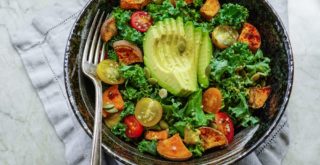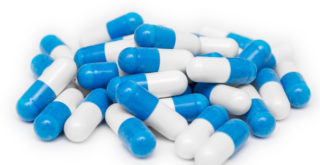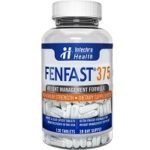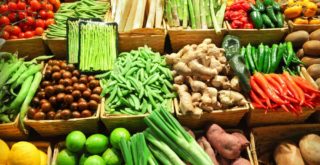Moringa has made its way into that special and growing category of foods known as superfoods. That said, not all ingredients that carry that label are actually as wonderful as they’re described. Therefore, it’s important to take a deeper look at any ingredient with a superfood label before blindly believing the claims.
Moringa is a plant officially known as Moringa oliefera. That said, this tree is better known as a drumstick tree and horseradish tree. The reason some people consider it to be a superfood is that it is indeed nutrient dense and contains a range of beneficial compounds such as antioxidants. This tree is native to India and found in many regions around the globe, and the current hype would have us believe that it is the solution to all our nutrition and health woes.
While it is highly nutritious and can be used beneficially, it’s also important to point out that if it is not used properly, there are a range of drawbacks associated with it, too.
While pretty much every part of this tree is considered to be edible, it is the long and twisted pods it forms for which the plant is known and named. In Tamil, the word for “twisted pod” is “murugai” which helps to explain why the plant is called what it is.
While it is only just making it into the spotlight, moringa has been used in Ayurvedic medicine for a long time – about 5,000 years. As a medicine it is often known as shigru, while it is also known as Jacinto in traditional Spanish medicine.
This food can be easily grown in a range of different climates, but it thrives in subtropical regions. As a result, this plant is being included in a growing number of anti-malnutrition plans worldwide.
For the same reason that moringa can help a population to overcome a malnutrition problem, the plant is often considered to be beneficial for just about everybody when used properly. There have, of course, been supplements developed based on this plant in the form of teas, tablets, capsules and others.
In order to benefit from the nutrition, inflammation-busting, cholesterol reducing and energy boosting benefits offered by this plant, the key is to be very careful when consuming anything that contains its stems, roots and even the seeds, as they contain a natural source of cyanogenic glycoside, which is a toxic substance. The leaves are typically considered to be safe, but they can also have harmful effects among women which can lead to issues such as miscarriage and others typically relating to the reproductive system and female hormones.



















